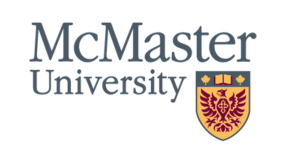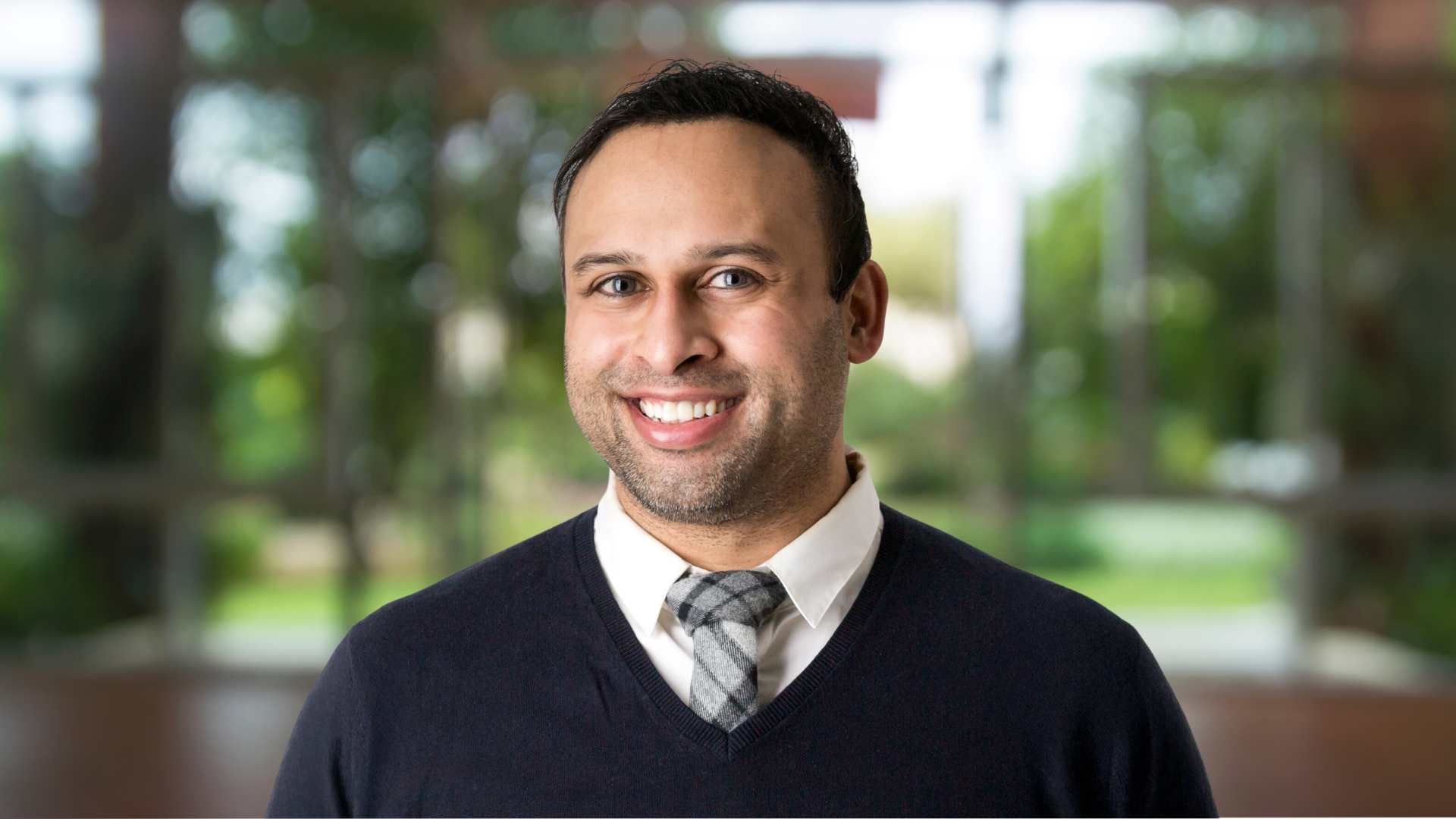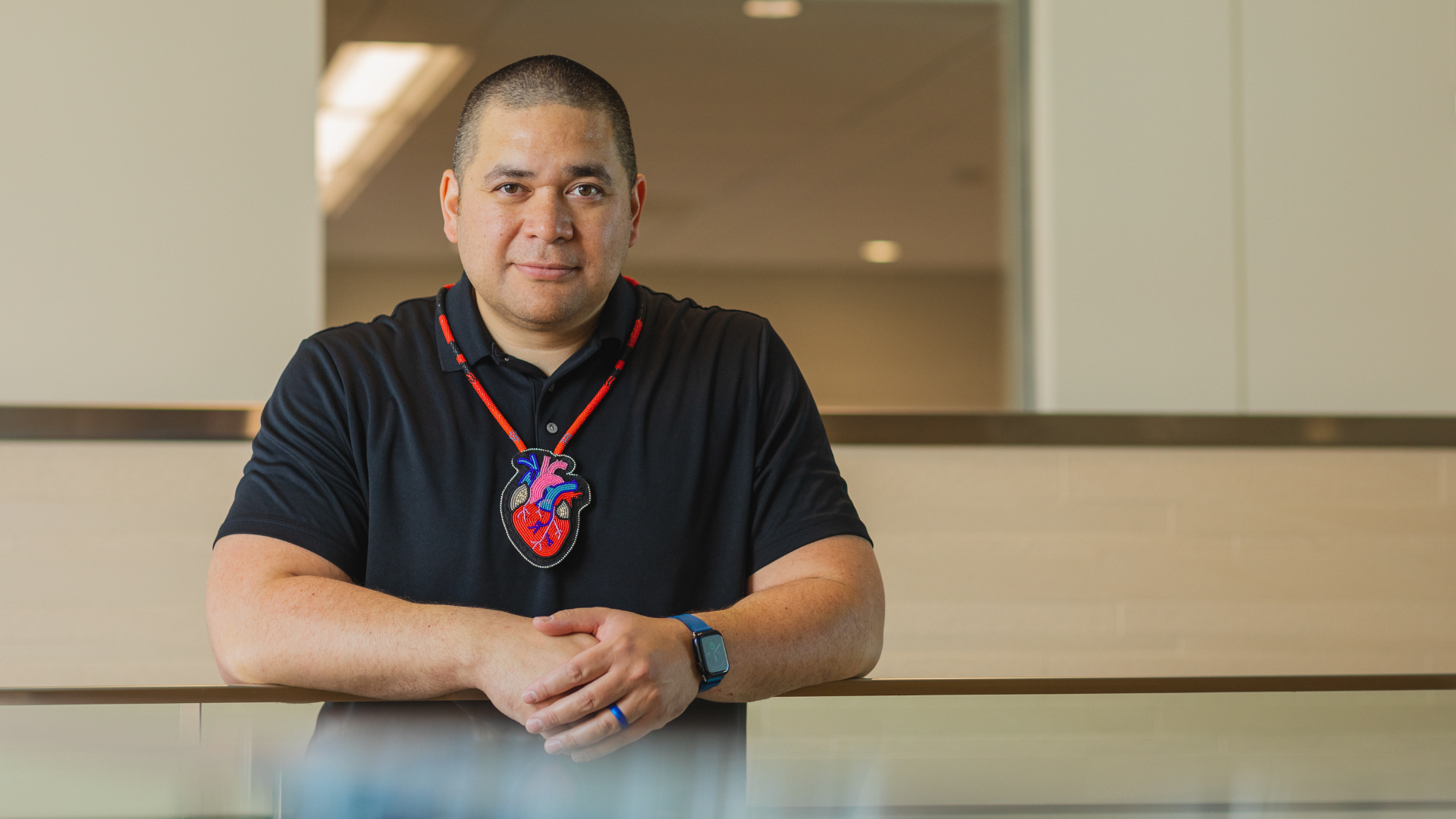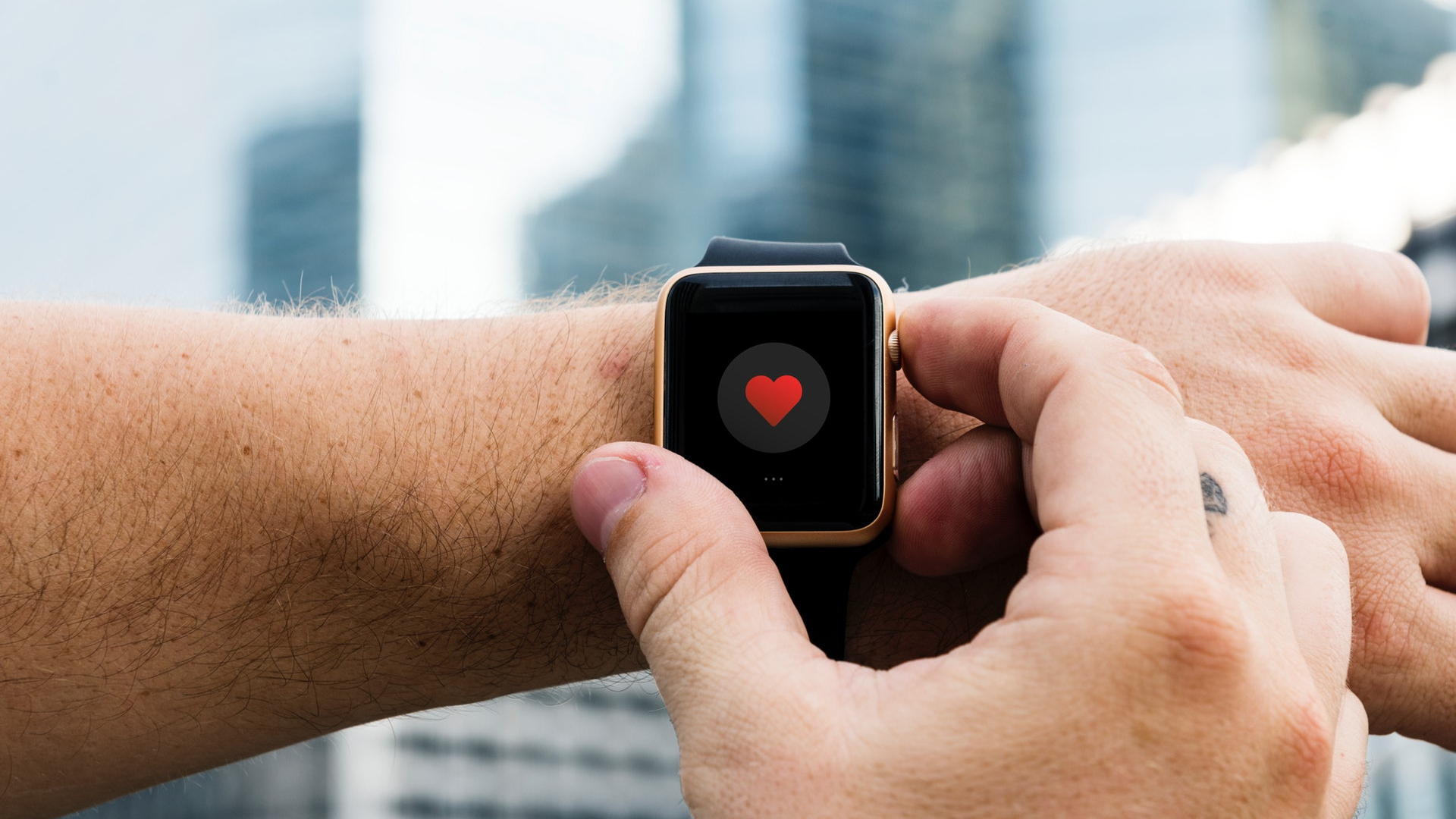
In this video, Director of McMaster’s Digital Music Lab Matthew Woolhouse explains how the culture around Parkinson’s Disease (PD) is changing. “In the past, it was seen as a disease that was incurable, and to a large extent it still is,” Woolhouse explains. “But now patients are being empowered to take charge of their disease.”
One way patients are being given the tools to help themselves is through music and dance-based rehabilitation. Building on existing research that demonstrates the benefits of rhythmic walking for PD patients, Woolhouse set out to explore how ‘dancifying life’ could integrate the benefits of music and dance into daily, self-directed rehabilitation. Supported by the Health Leadership Academy (HLA), Woolhouse ran an interdisciplinary pilot study to observe the neurophysiological effects of a technology-based dance intervention on individuals with PD.
Collaborating with clinical assistants and MRI scanning assistants from the Faculties of Health Sciences and Engineering, Woolhouse developed an in-home technology that allows individuals with PD to integrate ballet into every day movements, such as washing dishes, opening a door, or carrying a tray. This user-centered design involves a motion-sending camera that is linked to a computer and monitor to display a dance avatar.
Although it was a pilot study, Woolhouse says the results are very encouraging. “The evidence, although it’s only a pilot study, is really positive and supportive that music and dance has this solid, beneficial effect on people with PD.”














